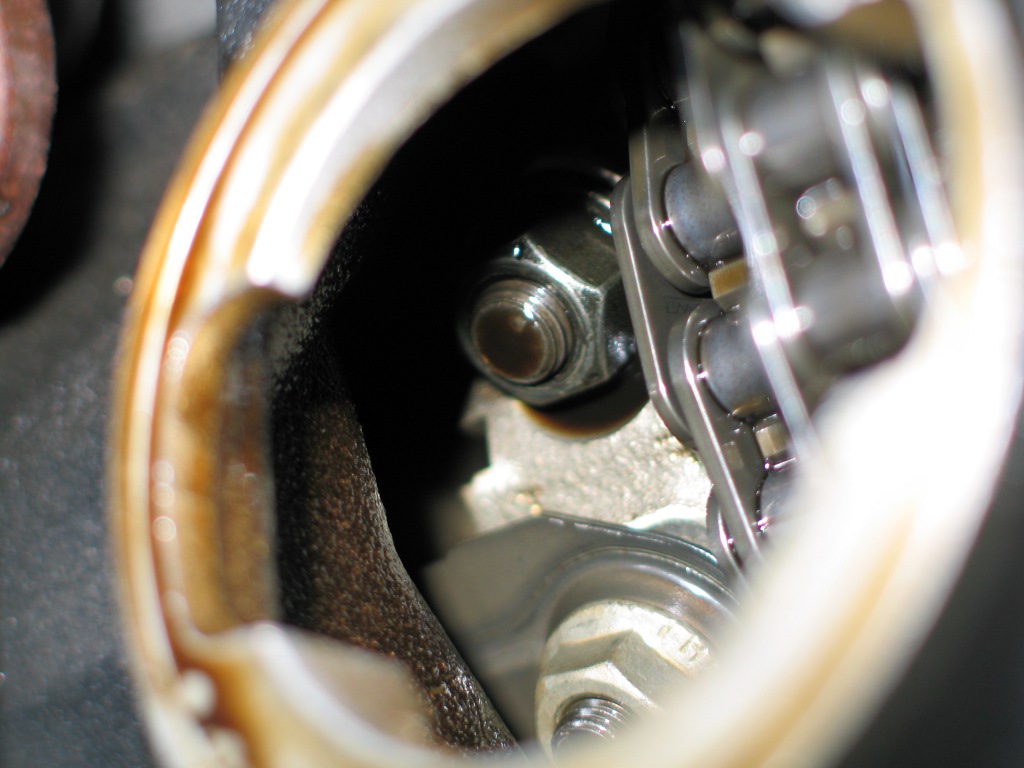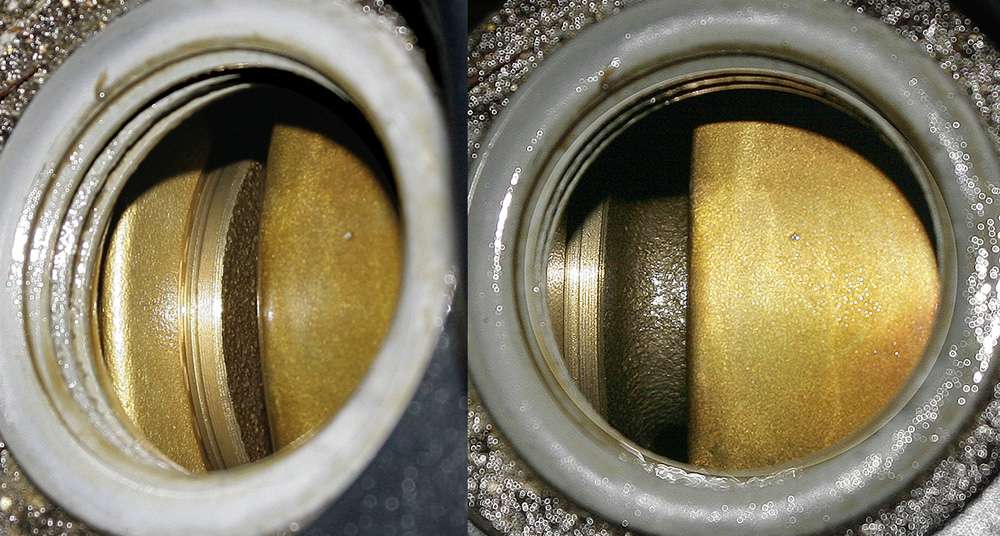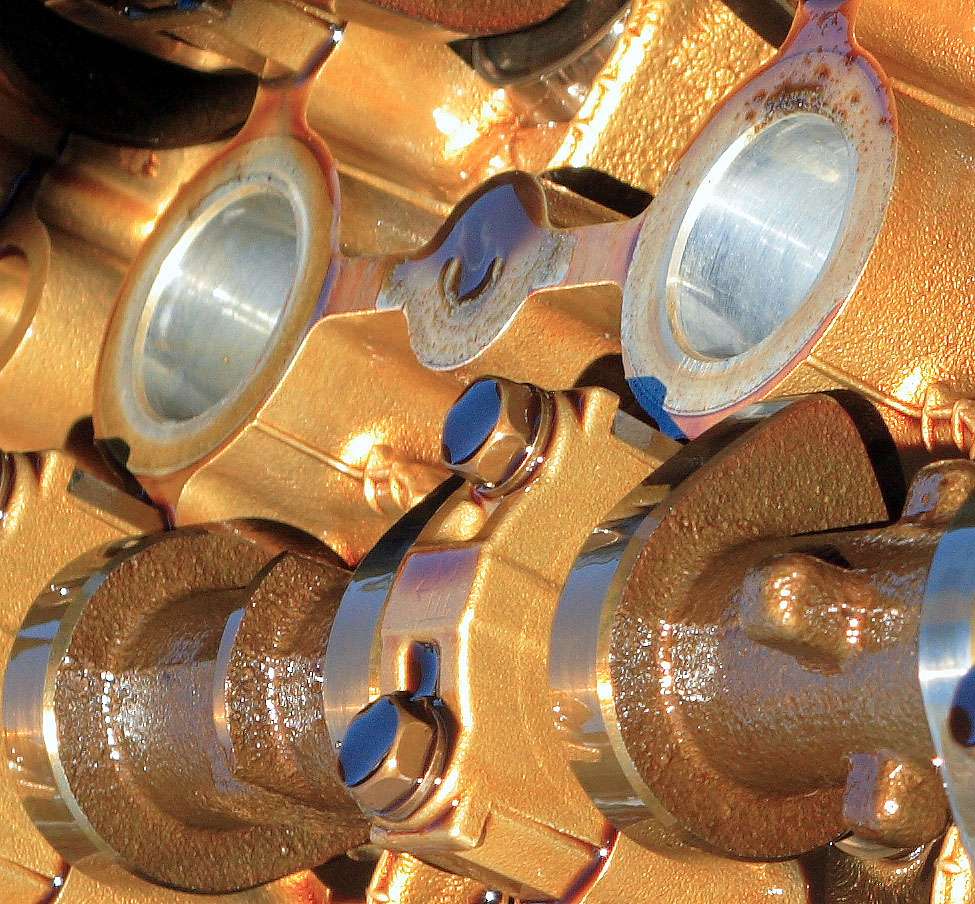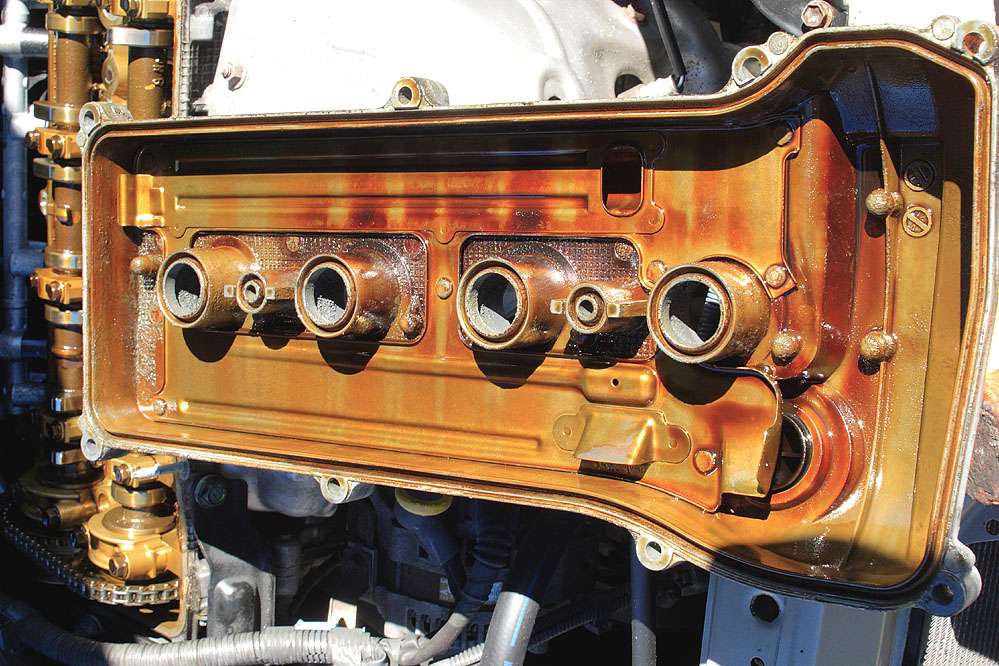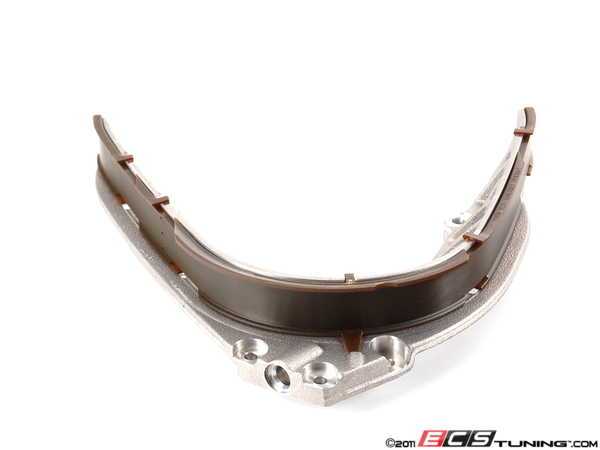Originally Posted By: OVERKILL
Originally Posted By: Donald
The problem is the absurd path of the timing chain. Way different than one on my old 289 Mustang.
But not all that far off from the path of the Ford Modular engines
Now Ford had guide failures for a few years, but it was because of the quality of the guides. Earlier years didn't have the problem, and neither did later ones.
Believe it or not some of the chains themselves were more abrasive than others. It all depends on how dull the die was that was stamping out the links. When the die is sharp and new the chain edges are perfectly smooth,as the die dulls the chain edge becomes more abrasive because the link is less cut and more ripped from the stock.
Originally Posted By: LeakySeals
Take a look at any engine pic on here going through a de-sludge/deposit cleanup. Whats underneath the sludge? A heavy layer of varnish. Its no coincidence. Varnish is telling us something about the oil and surface temperatures of the engine. Varnish always mattered, it can glaze cylinder walls, coke rings, make lifters stick. Matters more today. Tighter clearances, smaller oil gallies everywhere. Any sticky buildup in the tiny gallies of the variable valve timing system will cause issues eventually. So while you may be able to live with it, it cannot be ignored as "normal" anymore.
Very well said.
Originally Posted By: Donald
The problem is the absurd path of the timing chain. Way different than one on my old 289 Mustang.
Completely different animals. My 4.6 4V is very similar to the dohc pictured above except iirc the longer chain from the crank turns the exhaust cam first,then a shorter chain runs from a gear on the exhaust cam to the intake cam,so opposite than the m62 pictured above.
Back to topic. I believe varnish could very well pose problems in today's extremely complex running motors. Vvt operation is just a single possible issue.
I was on the fence about varnish being harmless but the more I read,the farther I lean to the varnish bad side of that fence.
I completely understand why pennzoil is pushing those sequence (4 or 5?Test results we have been reading about lately.
I think leaky seals has said it very well.


